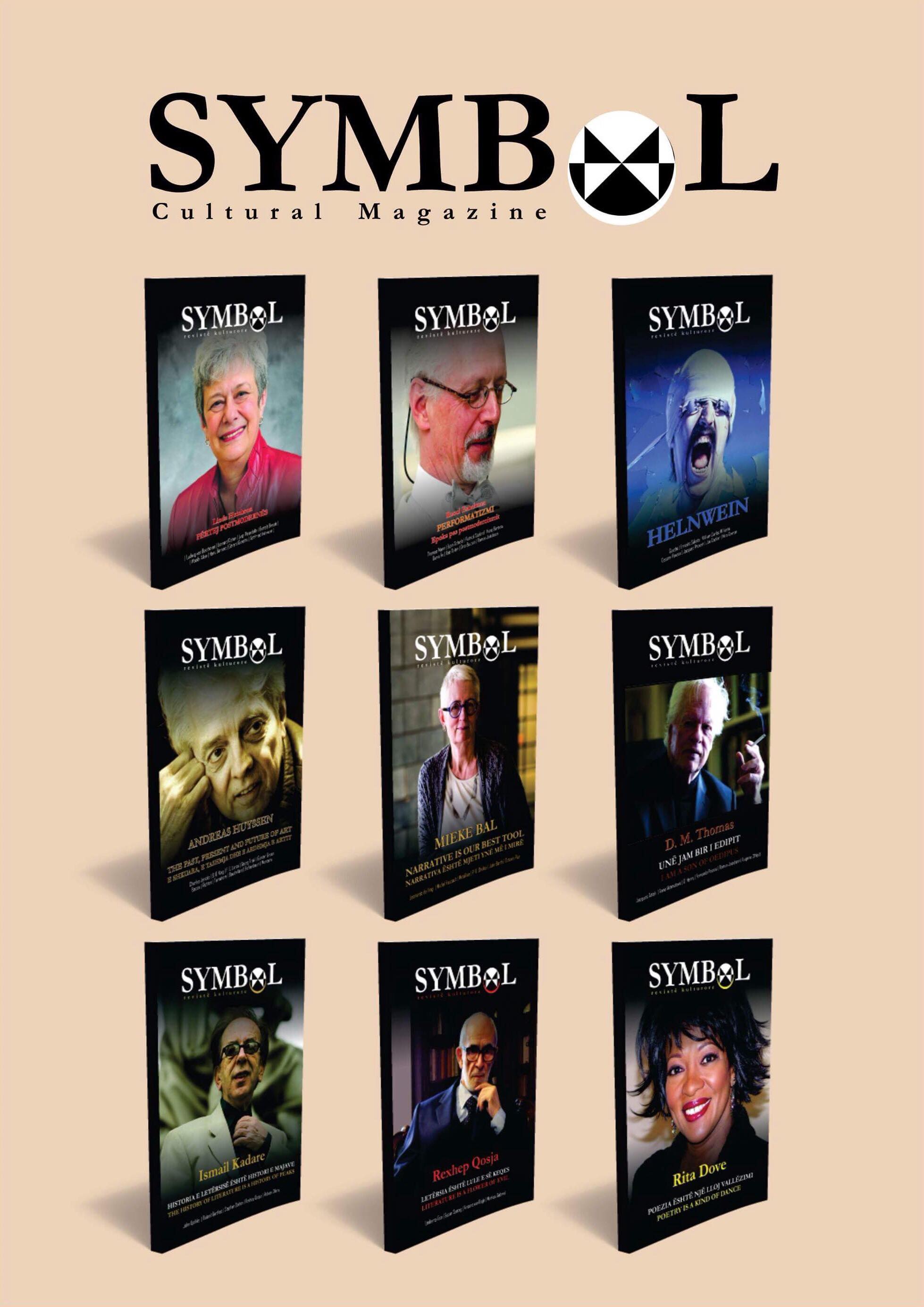
We kindly inform you that, as long as the subject affiliation of our 300.000+ articles is in progress, you might get unsufficient or no results on your third level or second level search. In this case, please broaden your search criteria.

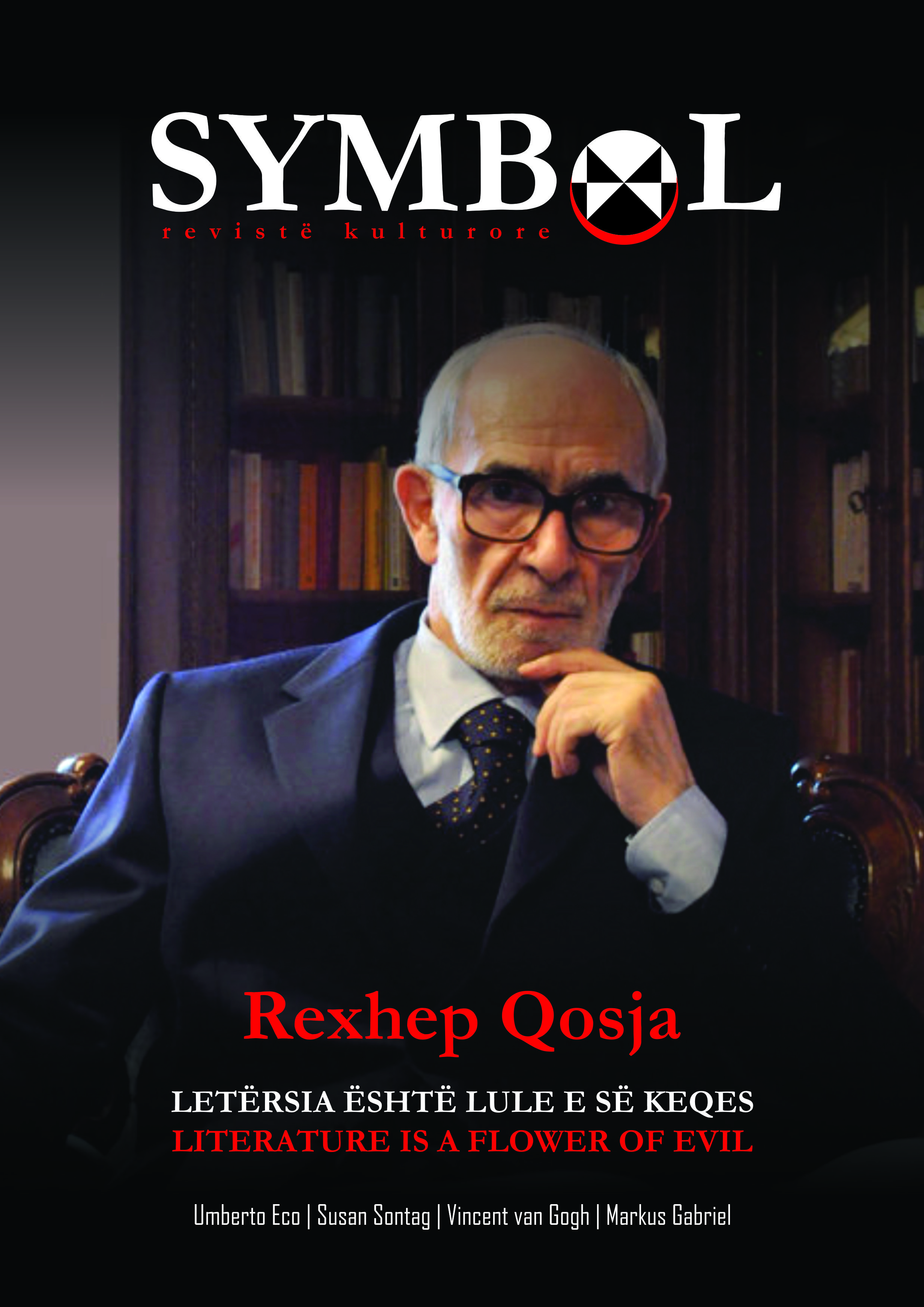
Një nga “përdredhjet” më interesante që kanë ndodhur në ekranizimin e një romani,është ai i filmit "Vdekje në Venecia" të regjisorit Luçino Viskonti. Unë jam nga ata që ipërmbahen mendimit që filmi Gattopardo, i të njëjtit regjisor, është një film që arrin të kapë në mënyrë të përsosur kuptimin e thellë të romanit (madje edhe më shumë se origjinali). Por te "Vdekje në Venecia" ndodh diçka e çuditshme.
More...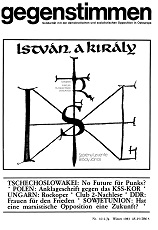
Am Donnerstag, den 17. November 1983 gab es — wieder einmal —einen »Club 2« zum Thema Ungarn. Das Besondere: die Sendung wurde in Budapest aufgenommen und soll demnächst im ungańschen Fernsehen ausgestrahlt werden.
More...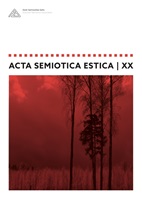
Viimasel ajal on nii voogedastuse platvormidele kui televisiooni jõudnud mitmeid ajaloolisi sarju, mis on osutunud äärmiselt menukaks. Nii võiks perioodi alates 2010. aastate teisest poolest kuni tänaseni ehk isegi uute ajalootõlgenduste buumina käsitleda. Siin saab tõmmata paralleele ka 19. sajandil, romantismiperioodil õitsenud, aga õigupoolest alati olulist rolli mänginud ajaloolise romaaniga. Nüüdisajal, mil kirjanduse asemel on juhtivaks meediumiks pigem film ja üha jõulisemalt on esil just igasugu seriaalid, väljendatakse ajalooliste sündmuste representatsioone aga pigem filmikeeles kui raamatuna. Kuna ajaloolised sarjad flirdivad ajalooga erinevatel viisidel, kutsus see mind küsima ajaloolise tõe ja looja vabaduse vahekorra järele ajaloolises seriaalis. Laiemal skaalal on see aga küsimus ajaloolisest representatsioonist ja selle tõelisuse (vastavusest tõele) võimalikkusest üldse.
More...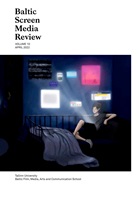
This paper discusses the opportunities for using cinematic virtual reality (CVR) to enhance our understanding of the imagined metaverse – the recently emerged new digital age phenomenon. The paper approaches the concept of the metaverse from an interaction point of view, which is one of the more common characteristics used to conceptualise the metaverse, approaching it as a phenomenon involving the convergence of real and virtual worlds, but also humans and machines. The article investigates the possibilities of using the relatively unexplored phenomenon of CVR, which facilitates the desired interaction while requiring the least prior knowledge and skills from the user, and thus might ease our acquaintance with the imagined metaverse. The difference between virtual reality (VR) and CVR lies in the generation of the VR world: traditional VR is typically generated through 3D graphics processing and audio triggers in real time, whereas CVR exclusively uses prerendered pictures and sound elements. Thus, the main difference between the two lies in the textual content and intended way of consuming it without dissimilarity in technology. With reference to three drama genre cases, the aim of this paper is to explore one of the crucial components of CVR—namely, through the established convention of the viewer perspective in traditional cinema (first-person, second-person and third-person perspective).
More...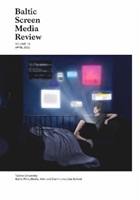
In this article I will refer to a one-time performance piece called ‘Remember by Erasure’ (Lesmes 2020), which explores the relationship between photographs, memories, and the act of narrating the stories behind those memories and photographs. I put this in dialogue with Sarah Polley’s documentary ‘Stories We Tell’ (2012), which follows the filmmaker as she tries to piece together who her late mother was, through the stories and testimonies of her family members. The performance centered on how the act of telling a story, describing a memory, brings it back to life, while the film follows a cacophony of voices to reconstruct the character of Polley’s mother mixed with different techniques (interviews, archive material, staging) to illustrate memory and how this affects the way in which audiences connect to the film. I understand memory as an embodied experience in a relational and affective contact with the world, one that is constantly being reinterpreted and transformed. Relying on the notion of heterochronicity (Karlholm 2017, Moxey 2018) and the Bergsonian understanding of time, I explore how, in both the film and the performance, memories – or the lack of them – time, and narrative interact with each other. I propose the concept of a negative specter of memory, which refers to the things we can only recognize by their absence, the knowledge of the missing part, only possible because it is gone. A void. My goal is to explore how these ideas can have an impact on the possibilities that film and arts offer as ways to explore the relationship between memories, narratives, time, and their voids.
More...
When studying subjective reports in neuroscience, data that are more easily quantifiable understandably hold more appeal due to the methodological complexities involved with in-depth approaches (second-person interview techniques and analyses) that require extended training of a researcher but also epistemological regard for the problem. A methodological direction for neurocinematics that could better capture the complexities inherent in the experience of film-viewing is to treat distinct domains of the neurocinematic phenomenon, the film stimuli, related subjective accounts, and their neural correlates as co-constitutive in the data analysis. The present proposal outlines an empirical phenomenology approach in the naturalistic paradigm with film stimuli building on the neurophenomenological ideas of pragmatically approaching the relationship between neurocognitive processes and phenomenological accounts. Using the micro-phenomenological method as a guide, i.e. non-naïve introspection (“becoming aware”) with a trained interviewer, the objective is to emphasize the process of accessing lived experiences for systematic second-person investigations. Such in-depth subjective reports have the potential to yield finegrained descriptions of the participants’ experience related to (free) viewing of films as opposed to relying on naïve introspections (“just ask”) or easily quantifiable assessments that lack complexity (“just look”) and are prone to bias due to the simplification of experience. Building up a case for empirical phenomenology through the methodological demands of its framework, the illustration of the micro-phenomenological method serves to underscore the non-trivial nature of accessing and reporting experience and its role in the neurocognitive domain.
More...
Mr. Robot is an American television series that conveys the alienating effects of technology through unusual composition patterns. These patterns do not constitute mere coatings but manifestations of embodied metaphors that serve as emotion markers, redundant elements to maintain the mood. The viewers are led to share the character’s emotions, due to perceptual and sensory-motor experiences that are activated through the metaphoric mise-en-scène. The unorthodox framing also appears to affect the attentional synchrony, helping to immerse viewers in the obscure fictional world. All in all, the cinematography seems to facilitate the connection between the minds of fictional characters and viewers through bodily experiences.
More...
This article aims to highlight the role of embodied mental representations or embodied schemas in both perception and filmmaking/viewing by foregrounding three premises: (1) perception is inferential and relies on prior embodied schemas; (2) filmmakers (authors) do not merely reproduce reality but equally impose body-based schemas onto the parts of a film in order to convey meanings; and (3) these schemas, as presented by the formal design of the work, may enrich the viewers’ experience by allowing them a privileged look into the embodied creative-thinking processes of filmmakers. It will be argued that viewers are prompted to peek into these processes because the representational embodied concepts, as cued by the films, are grounded in shared sensory-motor capacities that scaffold all abstract thinking and reasoning.
More...
This paper explores cinematic editing within Ronald Langacker’s cognitive grammar (CG) framework, analyzing the structural and conceptual aspects of film language. By examining the juxtaposition of shots, from a linguistic perspective, the study identifies recurring schematic patterns across expressive instances. Emphasizing grammatical constructions, it delves into the connections between shots, especially in sequences involving a character’s point of view (POV). The present investigation argues for the existence of a shared conceptual mechanism used in order to make sense of verbal and visual discourse. The study employs sequences from Buster Keaton and Michael Haneke, with a primary focus on hypothetical shot juxtapositions crafted to provide visual examples. To concretize the application of Langacker’s CG to cinema image analysis, a case study on the Kuleshov effect as experimented with by Hitchcock will be presented. The principal objective of this study is to construct a theoretical framework employing the analytical tools of CG to augment and refine Noël Carroll’s concept of erotetic narration. A subsequent claim is that the juxtapositions of shots are conceptual systems bound at several levels by circular loops. Several configurations of the system coexist and the viewer has the necessary executive control for implementing alternative meaning construals.
More...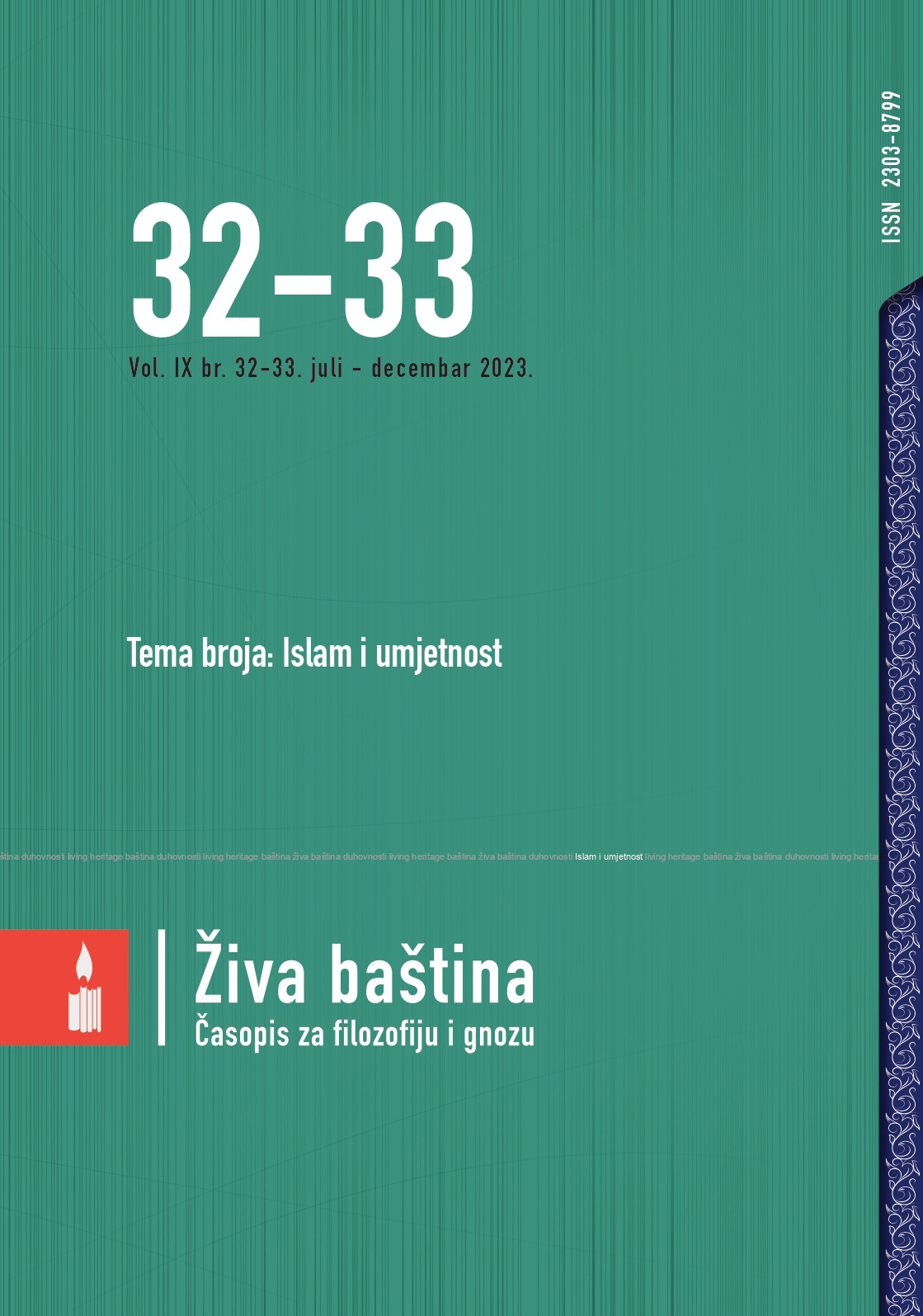
This paper analyses the manner in which movie, as an audio-visual text, borrows codes from literature. Narratives from movies, as well as any other text, are always based on previous narratives. No new narrative can be created on a screen without using previous narratives. According to the author, mystic and mythological thoughts and ideas of East, especially symbols and concepts that can be found in poems Diwani Shems and Mathnawi by Rumi, are being considered in pretext of Big Fish movie, and before that in the Big Fish novel by Daniel Wallace on which Burton based his movie.
More...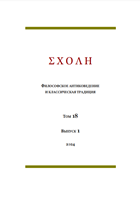
The article makes an assumption about a probable reference to Petronius’ Satyricon, occurring in Federico Fellini’s novel A Marriage Agency (Un’agenzia matrimoniale), which is part of the anthology film Love in the City (L’amore in città, 1953) made by a group of Italian film directors. Many a time did the Italian film maker admit that he had discovered Petronius as early as his years at the lyceum in Rimini. The author of the article adduces arguments testifying to a possible influence Petronius may have had on Fellini; he draws parallels between the ancient horror-story told by a freedman, Niceros, at the feast held by Trimalchio (Sat. 61–62) and the modern story created by Federico Fellini. These parallels in the stories about werewolves (versipellis), found in Petronius’ Satyricon and in Fellini’s A Marriage Agency, are credible coincidences. Fellini chose the tale about a werewolf, which may have been inspired by Petronius’ novel that had had a great influence on him in his green years. And the horror-story about a lycanthrope told by Niceros is undoubtedly one of the most memorable ones at the cena Trimalchionis. If the assumption in the article is true, then the story A Marriage Agency is Fellini’s yet another film that, along with Satyricon, features the Petronius subject, and, what is most important, this happened half a decade before his ‘historiographic’ masterpiece.
More...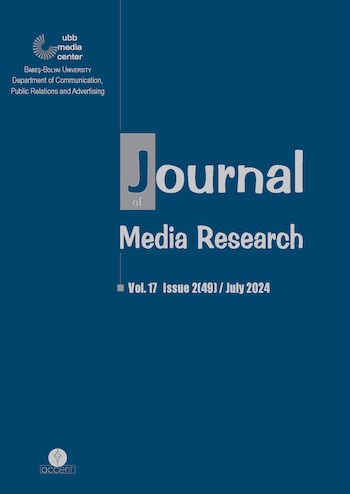
Abstract. The Covid-19 pandemic highlighted the relevance of online communication. Given the advantages of video communication, for businesses they here to stay. However, a more nuanced approach to understand the efficacy of online presentation is needed. Thus, cinematically staging can be a solution for effective video presentation. To delve into the persuasive mechanisms behind video presentation using cinematic the theoretical framework of parasocial interactions can be helpful. Originated from the research of movies and series, the concept can clarify media reception. The present paper looks at the theory of parasocial interactions and operationalizes the concept for further potential empirical research on the effects of video presentations.
More...
Since the 1990s, many studies have challenged the concept of hegemonic masculinity by producing different categories or attempting to read masculinities parallel to hegemonic masculinity. One of the concepts produced is fragile masculinity. While hegemonic masculinity implies the position of masculinity on the highest level of the hierarchy, which is difficult to have, fragile masculinity points out that this position is constructed with the risk of being lost at any moment. The 2021 movie, The Power of the Dog, offers a good analysis to read the unstable positions of masculinities. The movie shows different masculinity performances as well as the role of homosocial places and relationships in unstable positions of these performances. This article focuses on the representations of masculinities and discusses the reciprocal interaction of hegemonic and non-hegemonic masculinities and their changing positions. It concludes that homosociality not only supports the masculinities but also reveals the fragility
More...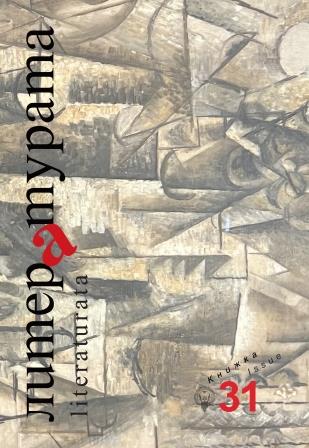
In this text the author examines the question of film adaptation of works from the world literature canon, but only in relation to the issues raised by David Damrosch – circulation, translation, and estrangement. He states that although at first regarded by many writers as an enemy and rival of literature, the cinema can also be seen as saving literature by popularizing it through adaptations. Various branches of the mass media – radio, film, television, video, the Internet – have both used literature and been used by it. Robert Stam underlines the fact that adaptation can be a sensitive barometer – at once technological, aesthetic, and ideological – of changes in the social atmosphere. He says that we can find a vivid example of this barometric function in the interminable series of adaptations of “Robinson Crusoe” and witness a slow deconstruction of the figure of Crusoe as hero and the ongoing construction of Friday as hero. The cinema has also indirectly helped literature departments in the sense that literature courses increasingly rely on filmic adaptations of literature. Stam concludes that the issue of literary adaptation plays a special role in “minor” nations, where adaptations can become a “heritage” genre for the Global South.
More...
The following pages are dedicated to a parallel study of the Decameron, the outstanding literary achievement of Giovanni Boccaccio (1313–1375), and its film adaptation Il Decameron (1971) by the Italian Pier Paolo Pasolini. What drives a filmmaker of such magnitude, with distinctive creative style and peculiar personality, to make a screen variation of such an age-old book? Is the reason in its content and quality and in the simultaneously classic and provocative halo around its name? Or is it hidden in Pasolini’s aesthetic, ideological etc. attitudes? Is he aiming at a contemporary visual reading of a canonical literary work or at it expressing his vision of modernity through it? Is the new understanding based on conceptual, aesthetic, and other codes derived from the book or on those that the filmmaker projects onto it? In answering these questions, analyzes of plot structure and narrative techniques are supplemented by observations and commentaries on the use of cinema-specific means of expression such as music and effetti dipinto. Their juxtaposition aims to highlight not only the complexity of the adaptation approach and the creative skill of Pasolini, but also to attract viewer’s attention to less conspicuous film ingredients and effects.
More...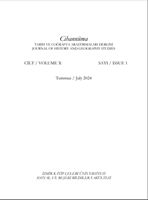
Cinema entered our world as a new type of narrative and became one of the factors that colored our lives. Cinema has taken on the role of distracting and entertaining the individual and society by focusing on life, people, and their stories. And with its manipulative side, it turned into an active apparatus. In this way, cinema has turned into an ideological device. Cinema also came to the fore in telling history and reconstructing it. Cinema has become one of the most effective narrative genres for animating and understanding history. In this context, cinema, which is a different and complete narrative genre, began to develop a strong relationship with history. Although world cinema has achieved quite a bit of success in terms of historical films, this field has remained incomplete for us. We have only a few examples in this area. Why were Hacivat and Karagöz killed? It is one of the examples describing a historical period. In this study, the Ottoman Establishment Period will be examined based on this movie. The film and the many theories of establishment will be compared, and the position of the film in this context will be examined. In addition, the film's approach to the Ottoman Establishment Period will be examined. And the effect of the modern point of view and the founding ideology on the film will be evaluated.
More...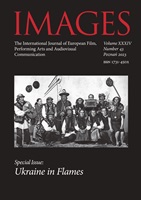
The article discusses cinematic depopulation, the strategy of appropriation of the colonized by the colonizer widely used in the Soviet and post-Soviet cinema made in Ukraine and Russia and, until now, never analyzed in academic literature. The cinematic depopulation is a mode of filmic representation whereby a given ethnoscape (Ukraine) is cleansed of its national community (Ukrainians) and instead is populated by the colonizer (Russians) as if it were an integral part of his historical territory. As a form of cultural imperialism, this strategy has, until quite recently, been widely used in both Soviet and post-Soviet Russian and Ukrainian filmmaking to promote the idea of Ukraine conceivable outside of and without the Ukrainian language, culture, and other attributes of Ukrainian identity.
More...
The paper strives to investigate the relationship of female sexuality, magic and religion in film based on the comparison of two selected films. The three themes have been often seen as intertwined especially by religion, which has built an image of a female witch in alliance with the devil, or evil forces. The research aims to answer the question whether postmodern cinema embraces the combination of the aforementioned themes often associated, historically, with the notion of witchcraft practised especially by female witches. The scope of the research is limited to two films; however, the possibility to expand the research in the future and include newer films exists. Comparative methods and analysis are used throughout the paper. The paper is structured according to the analysed themes found in both films – Carrie (dir. Kimberly Peirce, 2013) and Thelma (dir. Joachim Trier, 2017). The author claims that these themes are similar and rooted in the same perception of the female monstrosity in both films, with different outcomes of this combination. The authors suggest that this is due to feminist tendencies becoming more prominent in every artform. However, this claim needs investigating from the feminist studies’ point of view.
More...
Since the problem of representing the Holocaust first emerged, philosophers, writers and filmmakers have tried to find appropriate aesthetic methods of expression. Two approaches dominate the thinking about the Shoah: Claude Lanzmann’s claim of “the event without images” and George Didi-Huberman’s “images in spite of all”. The author’s analysis deconstructs these two theoretical approaches through the interpretation of two films: the Polish Kornblumenblau and the Hungarian Son of Saul and the notion of “the images which are not there”, that is, the non-existent photographs of the Nazi “Final Solution”. The main thesis of the essay states that cinematic representation and artistic expression can substitute for the lack of historical and visual (mostly photographic) depictions of the Holocaust. With the inspiration of theory (Giorgio Agamben, Siegfried Kracauer), I consider different methods of dealing with the dilemma of “unimaginable Auschwitz” and the concept of “bare life” as an aesthetical problem.
More...